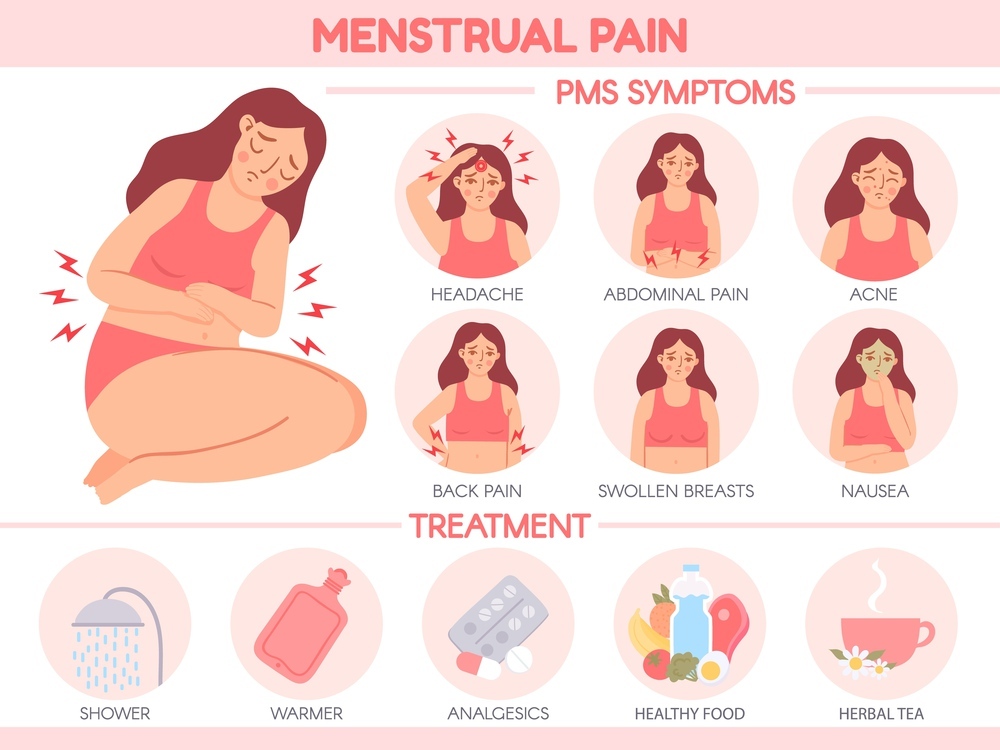The time for lactating women to resume sexual activity varies from person to person and is greatly influenced by individual physical conditions, lifestyle habits, and the method of delivery. Generally, it is considered appropriate to resume sexual activity after three months of childbirth.
Lactating women should take necessary measures for contraception once they resume sexual activity.
There are many contraceptive methods available for lactating women, and the general principle is to choose a method that does not affect milk secretion and the growth and development of the baby. Women can choose according to their own situation to successfully navigate the lactation period.
Intrauterine devices (IUDs) are safe, easy to use, and flexible in terms of cost. In China, about 40% of women of childbearing age use IUDs. Lactating women who are still breastfeeding after six months can consider using an IUD. Currently, there are IUDs with metal single rings, copper V rings, as well as IUDs that release hormones and hemostatic drugs. The latter not only increases the contraceptive effect but also significantly reduces bleeding and pain. The contraceptive effect of an IUD can last for 5-10 years.
Contraceptive devices containing hormones are reliable in terms of contraception, as they do not affect milk secretion or the growth and development of the baby. However, due to the presence of hormones, some women may experience menstrual cycle disorders, spotting, prolonged menstrual periods, or even amenorrhea. In such cases, other contraceptive methods should be used under the guidance of a doctor. Commonly used contraceptive devices containing hormones include long-acting contraceptive injections administered every three months and subcutaneous implants that can maintain contraceptive effectiveness for 3-5 years.
Oral contraceptive pills containing pure hormones are safe and reliable, primarily blocking the reproductive process. They can change the nature of cervical mucus, prevent sperm penetration, alter the endometrial condition, and affect embryo implantation, among other effects. Commonly used oral contraceptive pills include levonorgestrel and medroxyprogesterone.
Male condoms mainly act as a barrier, not only preventing sperm from entering the female reproductive tract for contraception but also effectively preventing the transmission and infection of bacteria, fungi, trichomonas, protozoa, gonococcus, and viruses. They are particularly important for preventing sexually transmitted diseases.
Topical contraceptives (spermicides) contain nonoxynol-9, a surfactant that can interact with sperm cell membranes, change the permeability of sperm cells, and kill sperm, thereby achieving contraception. Topical contraceptives do not affect sexual pleasure, endocrine function, menstruation, or milk secretion. Commonly used topical contraceptives include nonoxynol-9 films, nonoxynol-9 vaginal tablets, nonoxynol-9 suppositories, and nonoxynol-9 gels. The contraceptive effectiveness of topical contraceptives ranges from 94% to 97%.
Sterilization surgery is a permanent method of contraception. It involves a minor surgical procedure to ligate the vas deferens or fallopian tubes, thereby blocking the entry of sperm into semen or preventing the encounter of eggs and sperm in the fallopian tubes. This method does not affect male sexual function, female menstruation, or sexual activity. However, it is not suitable for lactating women with severe neurological dysfunction, sexual disorders, or reproductive system inflammation. The failure rate of this method of sterilization is less than 10%.
It is worth mentioning that lactating women should not use oral contraceptive pills containing estrogen. Ingesting estrogen can cause gastrointestinal reactions in lactating women, affecting appetite and leading to a decrease in the protein, fat, and trace element content in breast milk, which has a significant impact on the growth and development of the baby. Additionally, if breast milk containing estrogen is ingested by the baby, it can cause breast development in male infants and abnormal secondary sexual characteristics such as increased vaginal epithelial proliferation and thickened labia in female infants. Furthermore, lactating women who take estrogen for 3-6 weeks will experience a reduction in milk production by about half, which is extremely disadvantageous for breastfeeding infants.








